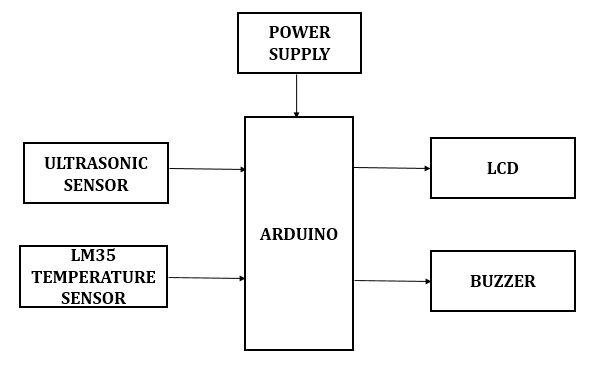Corona Avoidance System
Objective
The main objective of this project is to maintain social distancing and monitoring temperature for avoiding corona spreading
Abstract
We propose a low-cost enabled COVID-19 standard operating procedure (SOP) compliance system that counts the number of people entering and leaving vicinity, ensures physical distancing, detection of face mask managers of violations. The system comprises of multiple sensor nodes communicating with a centralized server. The data stored on the server can be used for compliance auditing, real-time monitoring, and planning purposes. The system does not record the personal information of attendees nor provide contact tracing information
In the current wake of the COVID-19 pandemic, preventing and/or limiting the community spread of the virus is a mammoth task, with governments and administrations across the world applying different strategies to restrict population movement and social interaction. A result has been serious socio-economic impacts.
Keywords: Compliance monitoring coronavirus, pandemic COVID-19, smart sensor; crowd counting, COVID compliance, social distancing
NOTE: Without the concern of our team, please don't submit to the college. This Abstract varies based on student requirements.
Block Diagram

Specifications
Hardware Requirements:
- Arduino
- MLX9061 IR Temperature Sensor
- Buzzer
- Ultrasonic Sensor
- Power Supply
- LCD
Software Requirements:
- Arduino IDE
- Embedded C
- Fritzing
Learning Outcomes
- Arduino Pin diagram and Architecture
- How to install Arduino IDE Software
- Setting up and Installation procedures for Arduino IDE
- Introduction to Arduino IDE
- Commands in Embedded C
- How to install Libraries?
- Basic coding in Embedded C
- Working of MLX9061 IR Temperature Sensor
- How to interface MLX9061 IR Temperature Sensor with Arduino?
- Working of LCD
- How to interface LCD with Arduino?
- Working of Ultrasonic Sensor
- How to interface Ultrasonic Sensor with Arduino?
- About Project Development Life Cycle:
- Planning and Requirement Gathering (software’s, Tools, Hardware components, etc.,)
- Schematic preparation
- Code development and debugging
- Hardware development and debugging
- Development of the Project and Output testing
- Practical exposure to:
- Hardware and software tools.
- Solution providing for real time problems.
- Working with team/ individual.
- Work on Creative ideas.
- Project development Skills
- Problem analyzing skills
- Problem solving skills
- Creativity and imaginary skills
- Programming skills
- Deployment
- Testing skills
- Debugging skills
- Project presentation skills
- Thesis writing skills


 Paper Publishing
Paper Publishing
